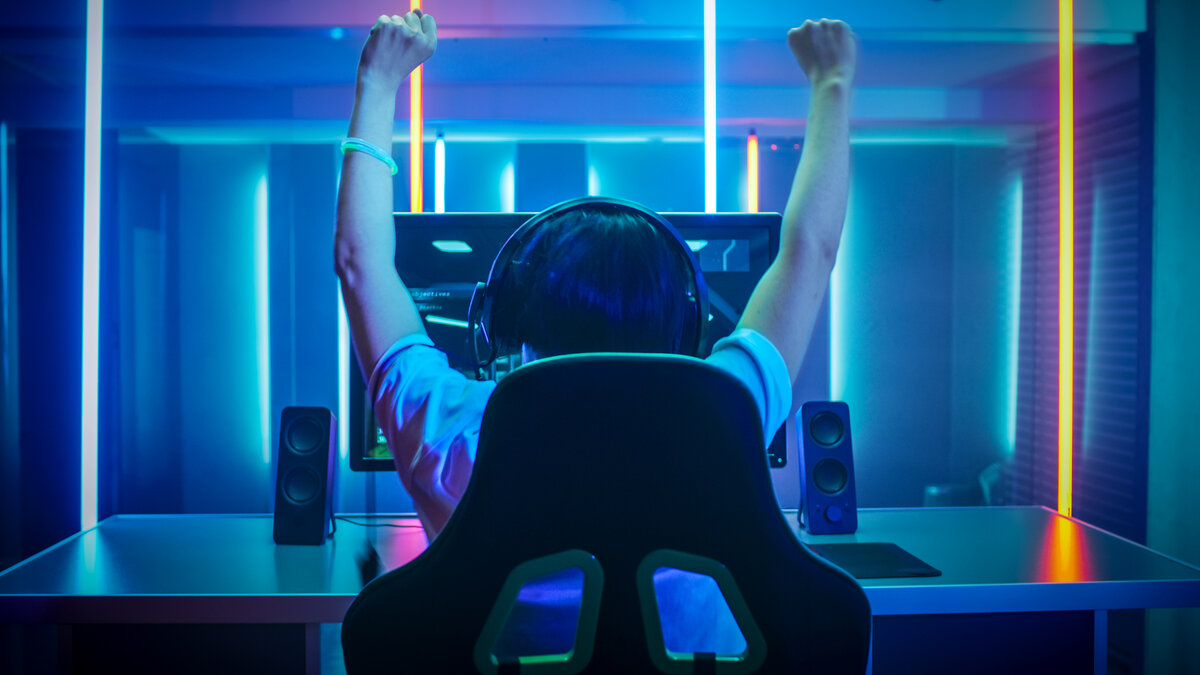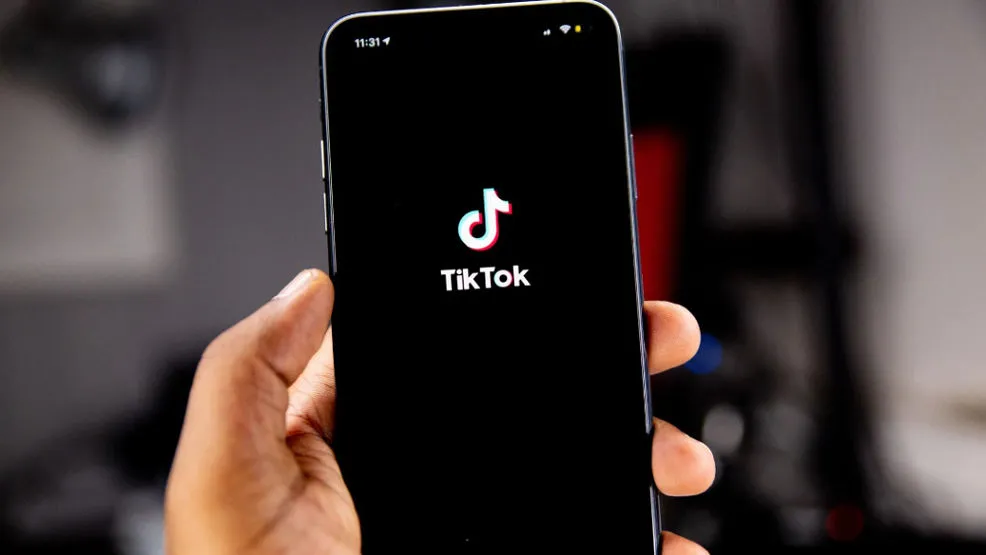By its very nature, gaming is intensely driven by technological developments. Be it superior software to render better graphics or more powerful hardware to build larger experiences, when tech moves forward, gaming isn’t often far behind. Some of the greatest breakthroughs have included motion controls and even smartphones, but now, with the industry bigger and better than ever, we can see several routes for the future of gaming.
Cloud gaming didn’t die with Google’s failure
In a move that everyone who follows Google’s grand releases saw coming, the massive company killed its much-hyped cloud gaming service, Stadia. January 18, 2023, was the day Stadia died, making it merely 38 months old with little impact on the industry. Its problems were many, from people needing to purchase games outright on top of a subscription model to the lack of exclusives.
Still, as much as it was hyped by the company as the future of gaming and the pathway to cloud gaming, Stadia’s demise isn’t the end of the tech in gaming. In fact, in a much more measured and methodical way that appeals to the gaming community, both Nvidia and Microsoft are running functional cloud gaming platforms. Microsoft’s is still in its beta form, but was impressive enough that regulators made their Activision Blizzard acquisition include the need for Microsoft to license out popular Activision games to other cloud gaming services.
A heavier emphasis on free gaming first
If the rise of mobile gaming has taught us anything, it’s that offering access to free entertainment can make millions. While that’s in a format tailored to generate income after getting a wide audience through free downloads, the method of offering the product for free is gaining traction. This is even the case in the space of gaming that would assumedly shudder at the thought of allowing free games.
Slot gaming, be it online or in person, is reliant on players paying as they go, with the bets paid in generating the prizes and payouts. Now, the Vegas online casino offers unlimited free play on all of its games. While this approach seems counterintuitive, it allows those who aren’t overly savvy in slot gaming to try games, get used to them, and find what they like. This, in turn, can make for better, more informed players. Being so successful for many forms of gaming, more free-to-start or demo approaches can be expected.
Going back to portable
At one time, gamers could play pre-touch screen mobile games, Nintendo handheld games, and Sony PSP games on the go. The likes of the Game Boy, DS, 3DS, and PlayStation Portable faded out, but with the arrival of the Nintendo Switch, suddenly, portable video gaming is back. This was further enhanced by the rousing success of the Steam Deck, which allows people to play large swathes of the platform’s PC library on the go.
To offer a premium experience over a freemium one, Apple launched its Apple Arcade service without ads or in-game payments. It’s made quite the splash, essentially adding another top-class way for gamers on the go to enjoy fully-fledged games. According to reports, Sony may also be working on a way to get back into the handheld gaming space, but it wasn’t even a decade ago that the PSP stopped being shipped worldwide.
Free gaming, handheld consoles, and cloud-based gaming all look to gain momentum over the coming months and years, with each already having proven concepts in the market.























